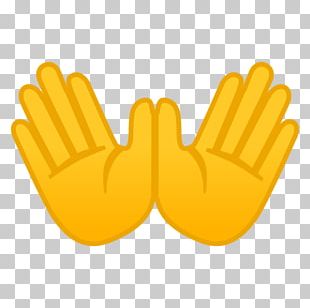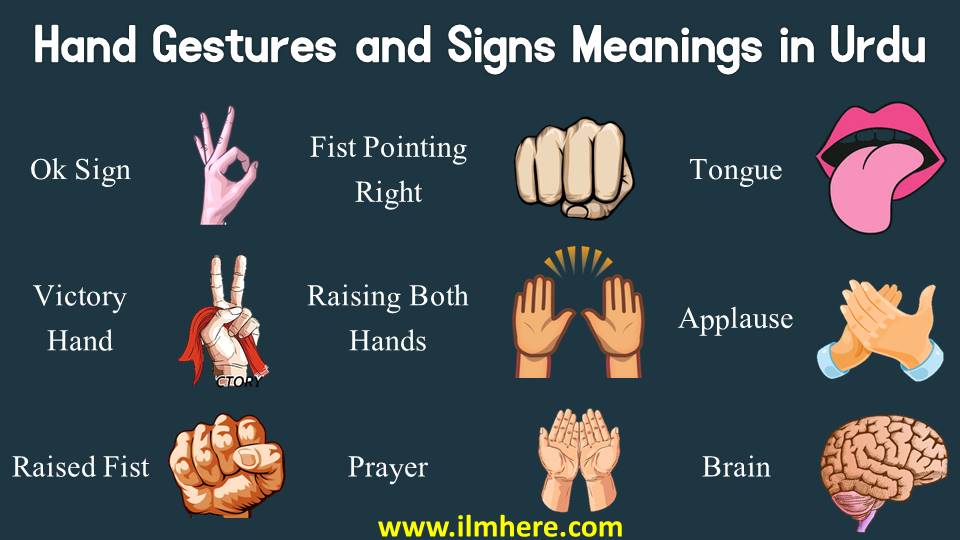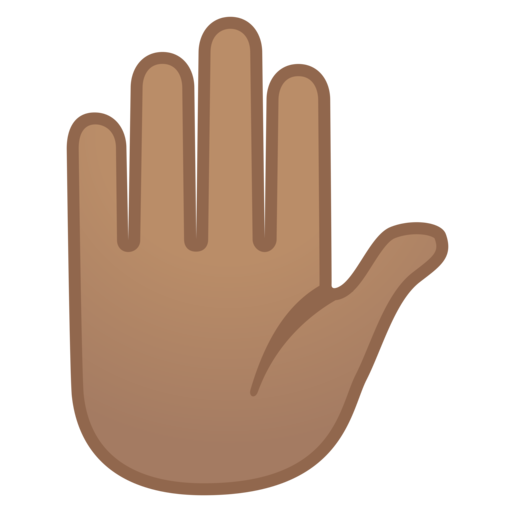In today’s digital age, emojis have become an integral part of our communication. These small and colorful symbols have the power to convey emotions, reactions, and even entire sentences in just a few clicks. And among the many emojis available, those with hands are some of the most used and recognized ones.
From waving hands to praying hands, these gestures can hold various meanings and add depth to our conversations. But do we really know what they mean? In this article, we will explore the world of emoji with hands and uncover their hidden meanings. So get ready to upgrade your emoji game and impress your friends with your newfound knowledge.
The Origins of Emojis with Hands
Before we dive into the different emoji with hands and their meanings, let’s take a quick look at the history of emojis. Emojis were first created in Japan in the late 1990s by Shigetaka Kurita, who was working for a mobile phone company. He wanted to develop a more efficient way of communication using symbols instead of words.
The word “emoji” is a combination of two Japanese words – “e” meaning picture and “moji” meaning character. With the rise of smartphones and messaging apps, emojis quickly gained popularity worldwide and became an essential part of modern communication.
The first set of emojis consisted of basic smiley faces, hearts, and other simple symbols. But as technology advanced, so did emojis. Today, there are over 3,000 emojis approved by the Unicode Consortium, the organization responsible for standardizing and approving new emojis.
The Different Types of Emoji with Hands
When it comes to emojis with hands, there are two main categories – those with one hand and those with two hands. Each of these categories has its own subcategories, making for a wide variety of hand gestures to choose from. Let’s take a closer look at each type and their meanings.
One Hand Emojis
One hand emojis are those with just one hand gesture, and they can convey various meanings depending on the position of the hand. Here are the different types of one hand emojis and their interpretations:
Raised Hand Emoji
The raised hand emoji shows a single hand raised in the air, palm facing forward. This gesture is commonly used to signify asking a question, getting someone’s attention, or expressing agreement or support. It can also be used sarcastically to indicate “I don’t know” or “whatever.”
Clapping Hands Emoji
The clapping hands emoji depicts two hands clapping together. It is often used to show appreciation, congratulations, or excitement. It can also be used to convey sarcasm or mockery, especially when used repeatedly.
Waving Hand Emoji
As the name suggests, this emoji shows a hand waving back and forth. It is commonly used as a greeting or farewell, to say hello or goodbye, or to get someone’s attention. It can also be used to denote shyness or awkwardness in certain situations.
Thumbs Up Emoji
The thumbs up emoji is a universal symbol of approval and agreement. It shows a hand with the thumb pointing upwards, signifying “good,” “great,” or “well done.” This emoji can also be used to indicate liking something or showing support towards a person or idea.
Pointing Finger Emoji
The pointing finger emoji shows a hand with the index finger extended, pointing in a specific direction. It is often used to indicate directions, emphasize a point, or even scold someone. This emoji can also be used to show excitement or curiosity about something.
Raised Fist Emoji
The raised fist emoji depicts a clenched fist raised in the air. It is a symbol of strength, solidarity, and resistance, often used in social justice movements. It can also be used to convey power, success, or determination.
Two Hands Emojis
Two hands emojis are those with two hand gestures, and they also hold various meanings depending on the position of the hands. Here are the different types of two hands emojis and their interpretations:
Praying Hands Emoji
The praying hands emoji shows two hands pressed together, palms touching and fingers pointing upwards. It represents prayer, gratitude, and hope. It can also be used to show pleading, asking for forgiveness, or to express a “high five” gesture.
Handshake Emoji
As the name suggests, the handshake emoji shows two hands clasped together in a handshake gesture. It is often used to signify sealing a deal, agreement, or partnership. This emoji can also be used to represent friendship, trust, or welcoming someone.
Raising Hands Emoji
The raising hands emoji depicts two hands raised in the air, palms facing outward. It is commonly used to show celebration, victory, or excitement. This emoji can also be used to convey a sense of praise, gratitude, or asking for help.
Folded Hands Emoji
The folded hands emoji shows two hands pressed together with the fingers pointing upwards. It is often used to represent “please” or “thank you,” and it can also convey a sense of prayer, hope, or pleading. This emoji can also be used sarcastically to indicate “I give up.”
Clapping Hands Sign Emoji
The clapping hands sign emoji shows two hands clapping together. However, unlike the clapping hands emoji, this one has a more formal and respectful connotation. It is commonly used to show appreciation, respect, or admiration, especially towards a performance or speech.
Palms Up Together Emoji
The palms up together emoji shows two hands placed together with the palms facing upwards. It can convey multiple meanings, such as praying, asking for forgiveness or blessings, or even showing surrender. This emoji can also be used to express a “give me” gesture in certain contexts.
The Cultural Differences in Emoji with Hands
While emojis are widely used and recognized globally, some gestures may hold different meanings in different cultures. For example, the “ok” hand gesture, where the thumb and index finger form a circle, is considered a rude gesture in some countries, while it means “perfect” or “ok” in others.
Similarly, the thumbs up emoji may not be interpreted positively in certain cultures. In Middle Eastern countries, for example, it is seen as an offensive gesture and should be avoided. Therefore, it is crucial to understand the cultural differences and context before using emojis with hands in conversations.
The Evolution of Emoji with Hands
Just like emojis, the meanings associated with them can also evolve and change over time. For instance, the “raised hands” emoji, which was initially meant to represent praise or celebration, has now become a symbol of asking for help or expressing frustration in some social media contexts.
Similarly, the “folded hands” emoji, which was once mainly used for praying or showing gratitude, is now often used sarcastically or as a sign of pleading. As emojis continue to evolve and adapt to different communication styles, their meanings will also continue to evolve and change.
The Do’s and Don’ts of Using Emoji with Hands
While emojis add a fun and expressive touch to our messages, there are some things to keep in mind when using them. Here are some do’s and don’ts to consider while using emoji with hands:
Do:
- Use emojis with hands to add emotion and depth to your messages.
- Consider the context and cultural differences before using certain emojis.
- Use emojis sparingly to avoid misunderstandings.
- Experiment with combining different emojis to create new meanings.
Don’t:
- Use too many emojis, as it may come across as unprofessional or childish.
- Use emojis in a formal or professional setting, unless appropriate.
- Force someone to use emojis if they are not comfortable with them.
- Assume everyone understands the same meanings for emojis.
Conclusion
In conclusion, emojis with hands are more than just cute little symbols. They hold various meanings and can add nuance and depth to our conversations. From expressing emotions to conveying complex ideas, emojis with hands have become an essential part of modern communication.
In this article, we explored the origins of emojis, the different types of emoji with hands, and their hidden meanings. We also discussed the cultural differences and the evolution of these emojis over time. So the next time you use an emoji with hands, remember its significance and use it wisely. Happy texting!
















